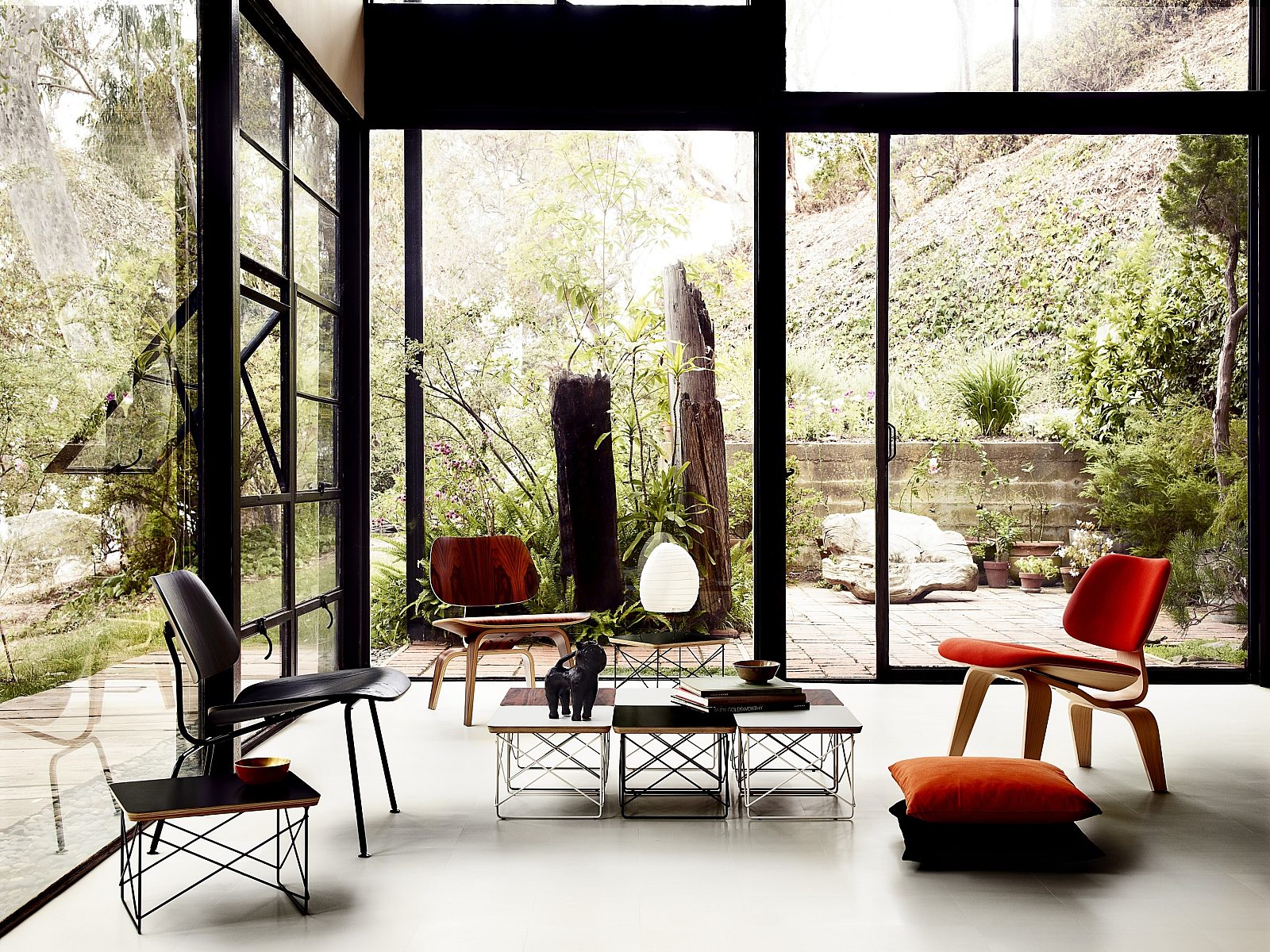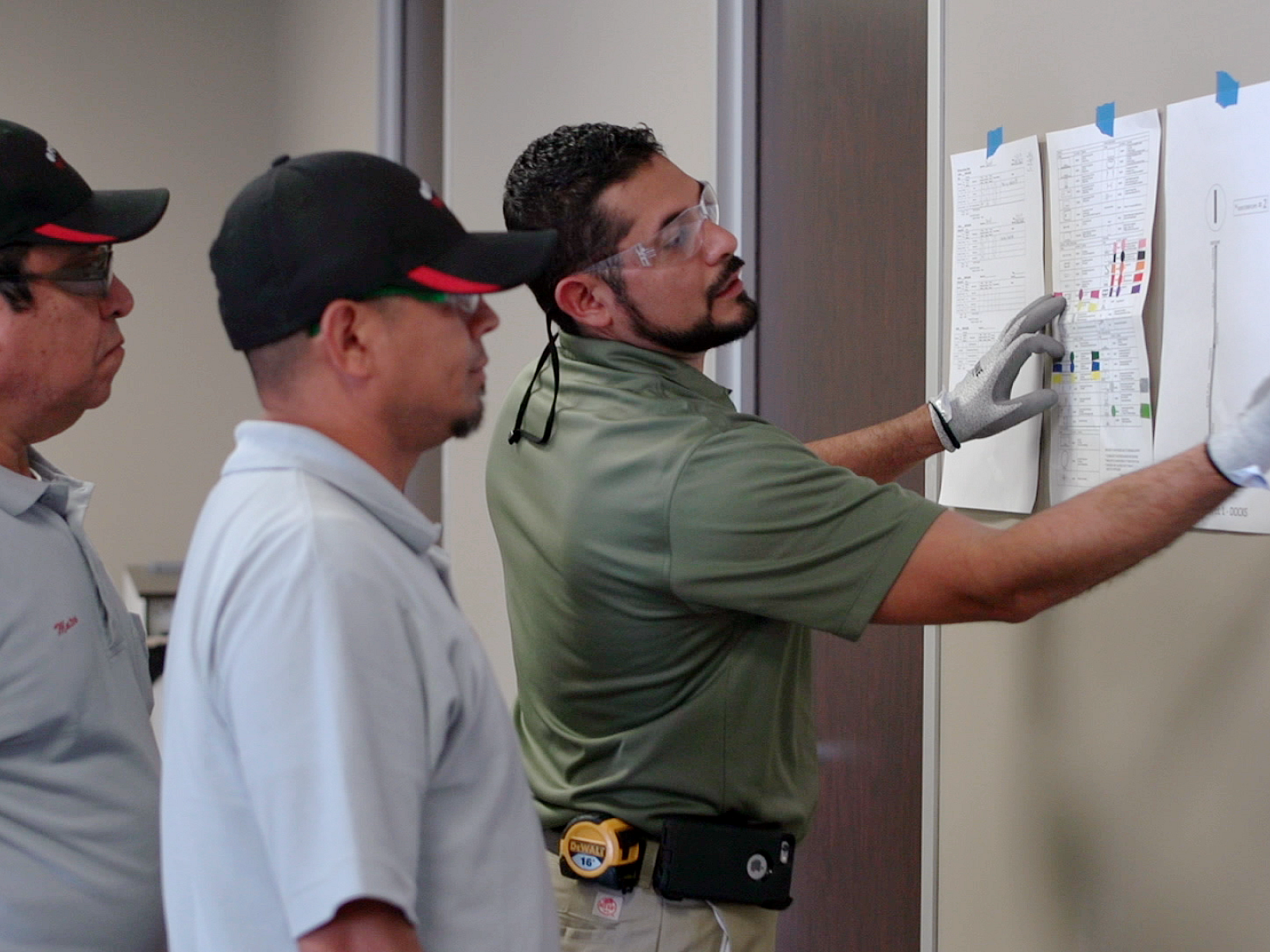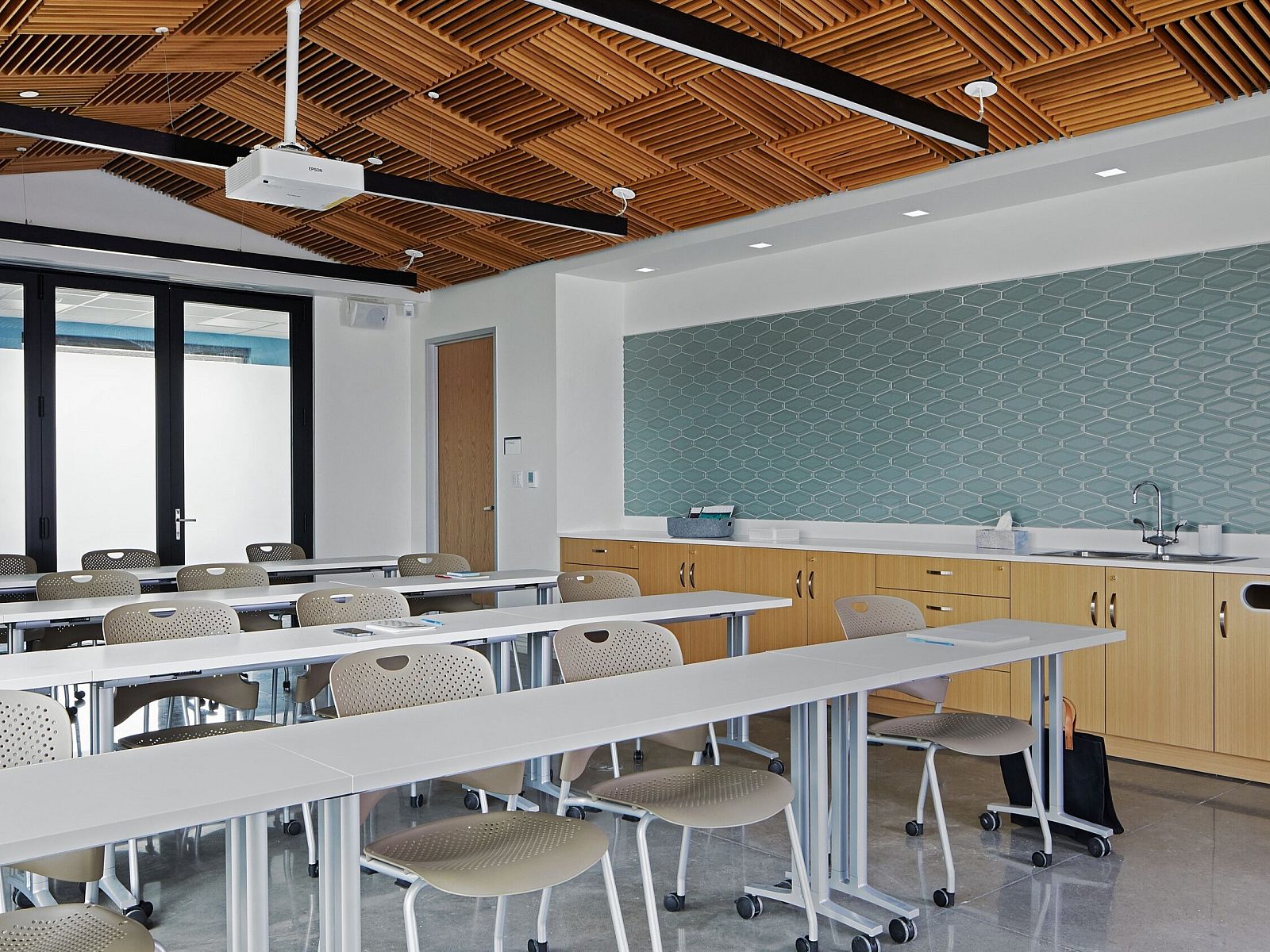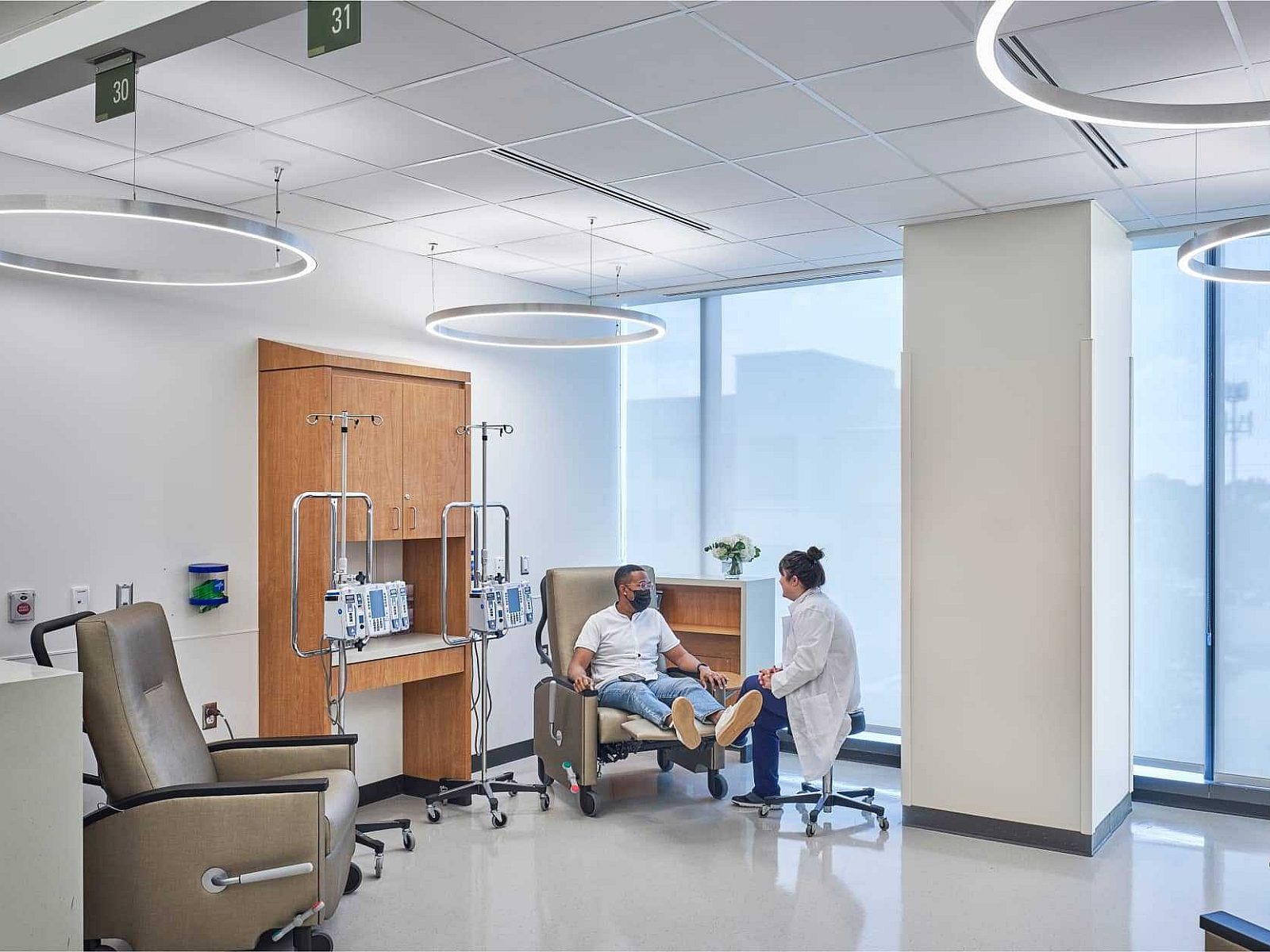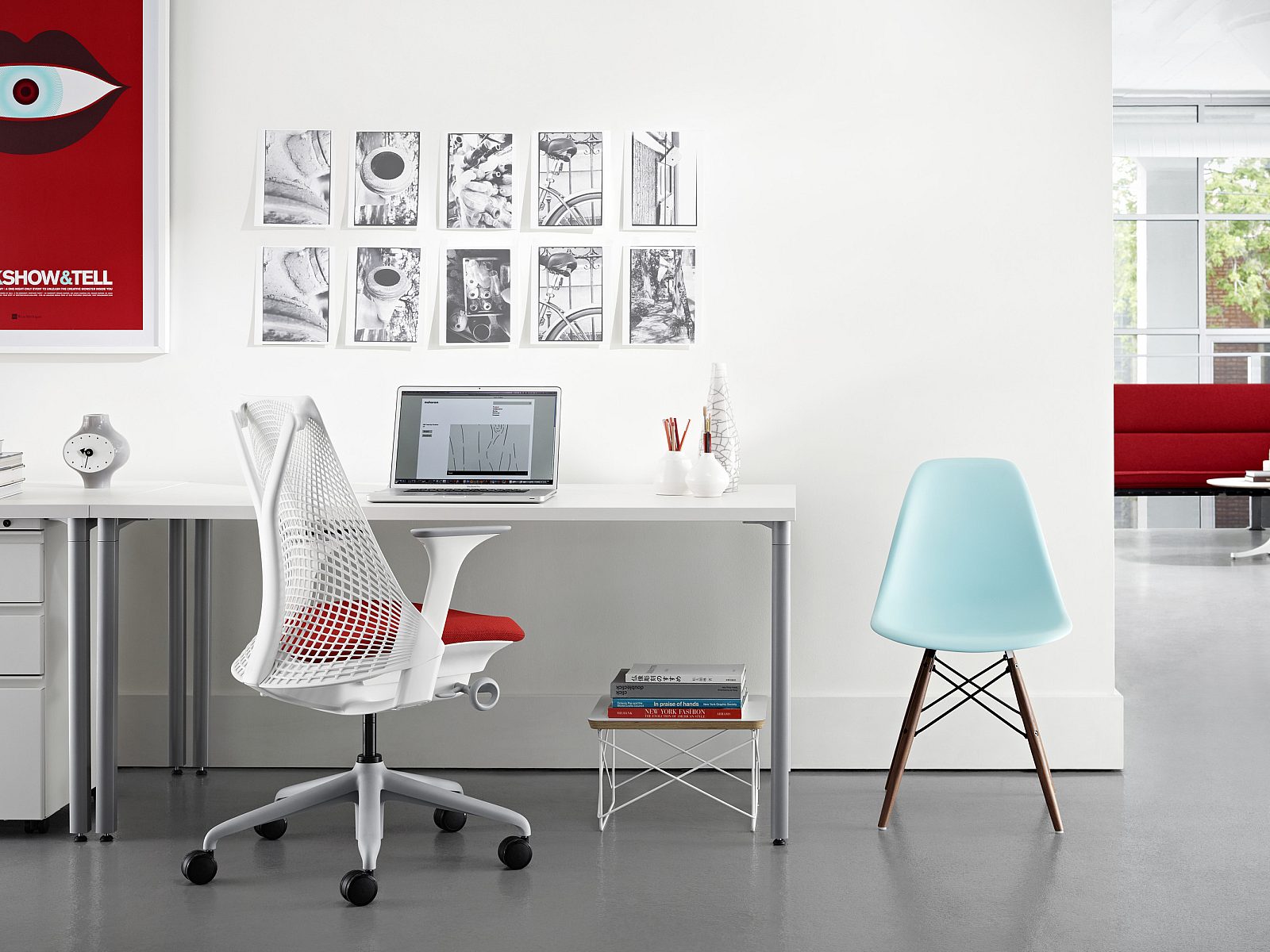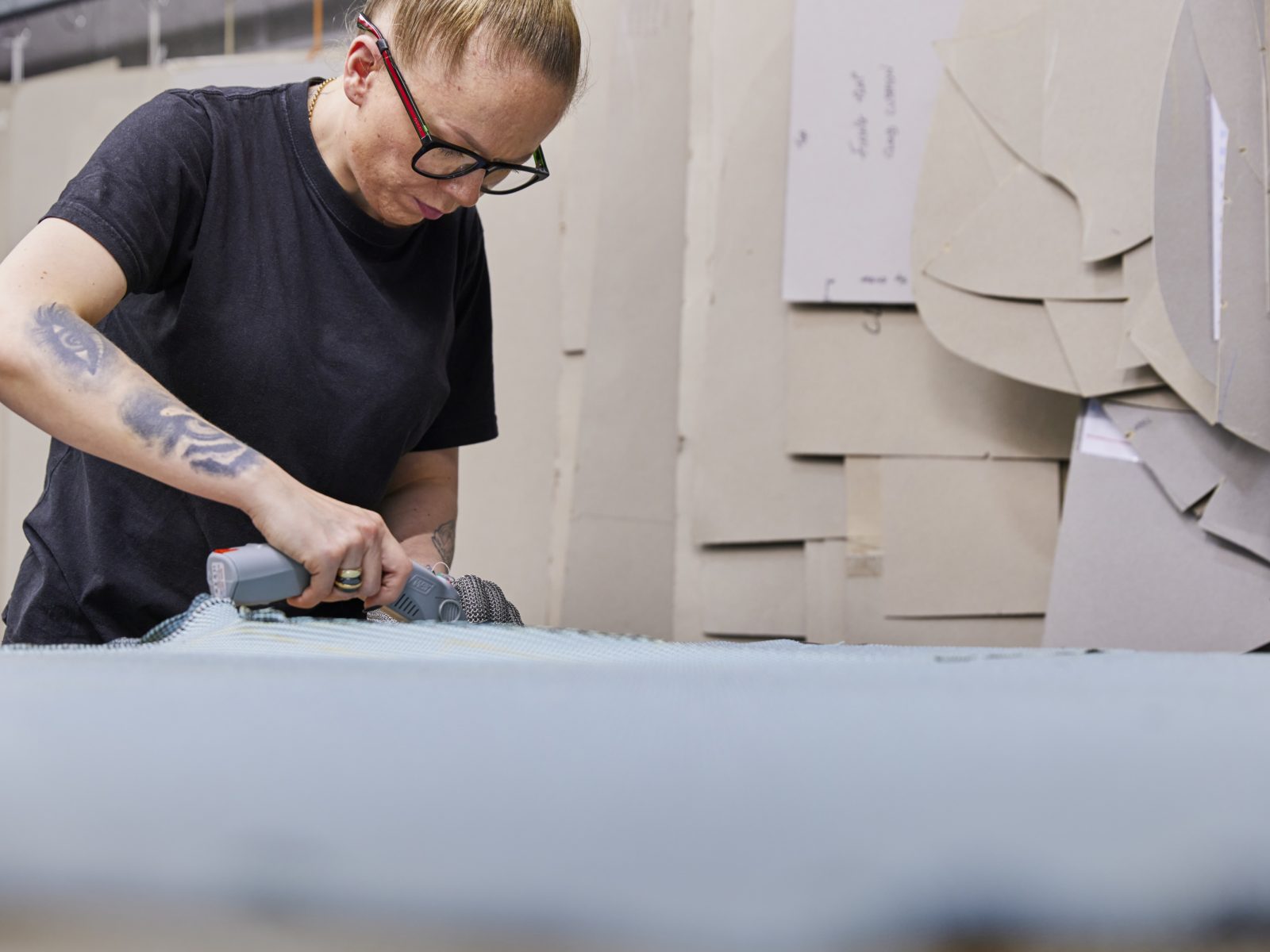Herman Miller Design Heritage

For more than 100 years, Herman Miller has been a leader in design. During that time, we’ve collaborated with many of the pioneers of modern design, including Charles and Ray Eames, Gilbert Rohde, Isamu Noguchi, and George Nelson. The results of those partnerships are now in the permanent collections of major museums, including New York's Museum of Modern Art, the Whitney Museum, the Smithsonian Institute, and other design collections around the world. We continue to seek out leading-edge designers such as Burkhard Schmitz, Ayse Birsel, Gianfranco Zaccai, and Yves Béhar.
Why? We believe in design as a way to solve significant problems for people. When we introduce a new product, we ask ourselves, does it truly solve a problem that people care about in a way that improves upon other solutions, or does it pioneer a new and better answer altogether?
Throughout our history, we’ve found that designers are adept at recognizing insights into customers’ needs, exploring materials and processes, and responding to social and economic trends. Many of our most iconic products have come from encouraging our designers to experiment with any material or process that addresses the problem they are trying to solve. For example, Charles and Ray Eames designed the machine that bent and laminated the plywood in their lounge chair and ottoman. The team working with Bill Stumpf and Don Chadwick worked with DuPont to develop the Pellicle material for the Aeron chair’s aerated seat and back.
From Charles and Ray Eames' molded plywood chair to Bob Propst's Action Office, Bill Stumpf's Aeron chairs, Ayse Birsel's 120-degree Resolve system, Studio 7.5’s Mirra and Setu chairs, Gianfranco Zaccai’s Compass Healthcare system, and Yves Béhar’s Sayl chair, our designs are widely recognized and credited with influencing the development of modern furniture and interiors.
Our design heritage remains a driving force for Herman Miller.

